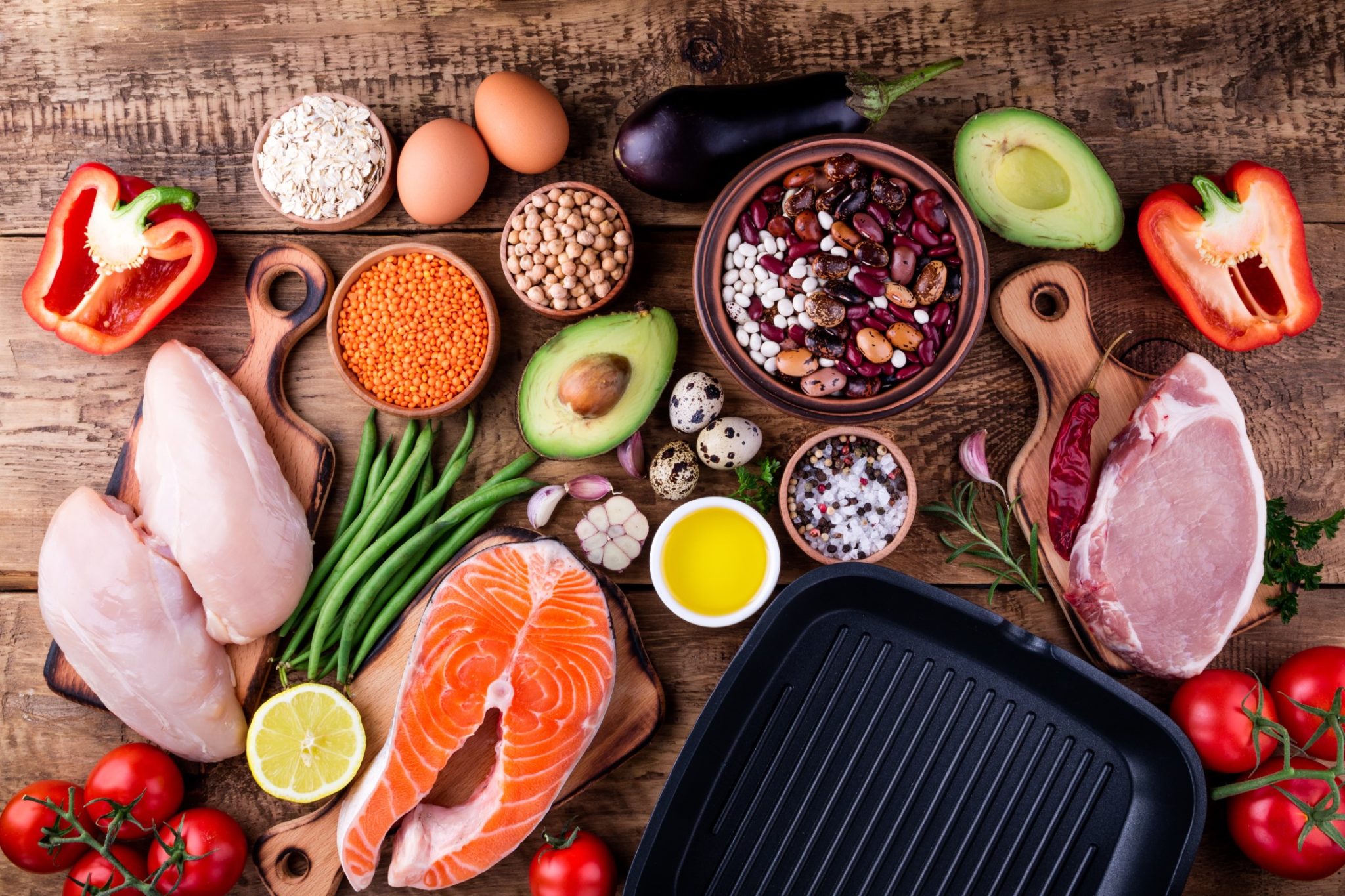I found the low FODMAP diet after completely abandoning all hope of ever having a healthy digestive tract. I had subjected my body to several invasive medical tests, including a colonoscopy at age 30, and received no answers. I experimented with allergy elimination diets that were so restrictive that quinoa became a food group for me, and still, no insights. Prescription medications made my symptoms worse every time, and don’t get me started on fiber supplements. My IBS was causing me to feel some combination of gassy, bloated, sluggish, or constipated every day.
My digestive problems interfered with my life for a very long time. And I have heard similar stories from other women living with PCOS. PCOS and gut problems are a troubling combination because gut health (or the lack thereof) can influence other bodily systems like your endocrine system and metabolism.
When I coach women one-on-one, gut health and digestion are often part of the problem. Like me, these women have tried all sorts of things to reduce bloating and other symptoms. But for some of them like me, a low FODMAPs diet proved to be quite beneficial.
What are FODMAPs?
The acronym FODMAP stands for Fermentable Oligosaccharides, Disaccharides, Monosaccharides and Polyols. Basically, they’re a group of carbohydrates that are poorly absorbed by the small intestine. Thus, these pesky carbs move on to the large intestine where they are fermented by the bacteria in your gut. For some people, this fermentation process causes digestive distress.
Cutting out high FODMAP foods can be tricky because they are found in many whole foods like some fruits and veggies, and are hidden ingredients in many processed “health” foods like protein bars and high-fiber cereals. Plus, not every high FODMAP food will have the same effect on you. The type of FODMAP and the amount of it present in certain foods will play a role in how your unique digestive tract responds.
I highly recommend you download this Low Fodmap Diet app to help you quickly identify what high FODMAP foods you are eating every day.
How to Start a Low FODMAP Diet
- Eliminate all high FODMAP foods from your diet.
- Track symptoms like gas, bloating, lethargy, and constipation every day based on a 0-5 scale. You can download my FODMAP Symptom Tracker to help you figure out what’s triggering your issues. If your symptoms decrease significantly or go away completely, you are probably sensitive to some high FODMAP foods.
- Once symptoms have cleared up, you can start the reintroduction phase. Introduce one high FODMAP food every three days and monitor yourself for symptoms.
Remember, not all FODMAPs will affect people the same way, so the reintroduction phase should be monitored carefully. If you reintroduce a food and it does not cause symptoms, you can keep eating it. However, if a food causes you to experience symptoms, it is best to keep it out of your diet or only eat is in very small amounts.
If you suspect that FODMAPs may be affecting your digestion, download my FODMAP symptom tracker and nail down your sensitivities.
Want to learn more about living on a low FODMAP diet? Check out part 2 of my FODMAP experiment, where I focus on low FODMAP cooking tips.







